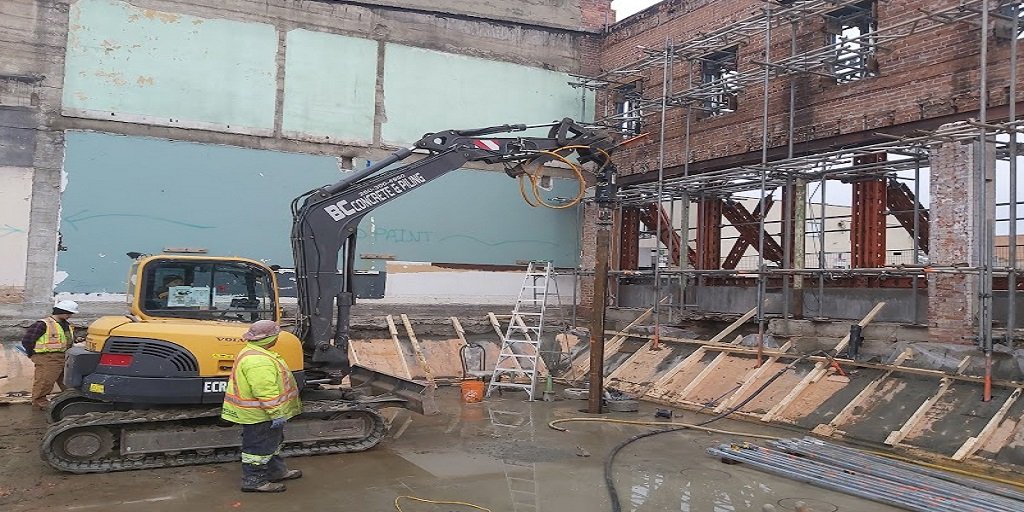When it comes to building anything that requires deep foundation support—whether it’s a commercial structure, a pipeline, or a transmission tower—one of the most critical decisions happens before anything is built: determining the right size of the helical pile. While it might seem like just another technical decision buried deep in the blueprint, the truth is, pile sizing plays a major role in both the structural safety and financial efficiency of a project.
It All Starts with Soil Conditions
Engineers begin the sizing process by analyzing the soil. Not just surface-level observations, but detailed geotechnical data—soil borings, density tests, groundwater conditions, and more. Different soil types provide different levels of resistance, and helical piles depend on this resistance to perform correctly.
In softer soils like clay or peat, larger or longer piles may be required to reach the load-bearing strata. Conversely, in dense, well-compacted soils, smaller helical piles may suffice. Engineers look at how much torque is needed during installation—this is a key predictor of the pile’s capacity. If the torque isn’t within acceptable limits, the pile either won’t hold the load or will be overkill, inflating your material and labor costs unnecessarily.
Load Requirements Drive the Decision
Every project has its own unique load requirements. Engineers must consider both the dead loads (like the weight of the structure itself) and live loads (temporary forces such as snow, wind, or occupants). Beyond that, uplift resistance might be needed, especially for projects in areas with high wind or seismic activity.
The size of the helical pile—both shaft diameter and helix plate size—is carefully matched to these load demands. Oversizing the pile can be just as problematic as undersizing. You might think bigger is safer, but it often leads to higher costs and unnecessary disturbance during installation. Engineers aim for efficiency, ensuring that the chosen pile size supports the design load with a safety margin, but not more than what’s required.
Installation Equipment and Access Conditions
Sometimes, the right helical pile isn’t just about load capacity—it’s also about what’s physically possible at the job site. If the project site has restricted access or low overhead clearance, certain installation rigs or pile sizes may not be feasible.
For example, if the project is in a tight urban environment or inside an existing structure, engineers might opt for smaller-diameter piles that can be installed with compact equipment. On the other hand, remote or open sites might allow for larger equipment and larger piles, if the design calls for it.
This is why early-stage planning with engineers and geotechnical professionals is critical. They’ll factor in not only what works on paper, but also what can actually be executed on-site.
Cost-Efficiency and Long-Term Performance
Getting the pile size right isn’t just about stability—it’s also about cost control. Undersized piles risk failure. Oversized piles waste resources. Proper sizing ensures long-term performance, minimizes callbacks or repairs, and keeps the project on schedule.
Additionally, engineers may select certain pile sizes to future-proof the structure. For instance, if the structure may be expanded in the future, slightly upsized piles may be specified to accommodate that added load.
Pile size might not be the flashiest part of a construction project, but it’s one of the most crucial. An incorrectly sized pile can lead to structural instability, permit complications, and massive cost overruns. The engineering decisions behind helical pile sizing are based on a mix of science, math, field data, and real-world constraints—and when done right, they form the quiet foundation of a successful project.
For more information about Drilling Company Kelowna and Piling Services British Columbia Please visit: ATLAS PILING.


